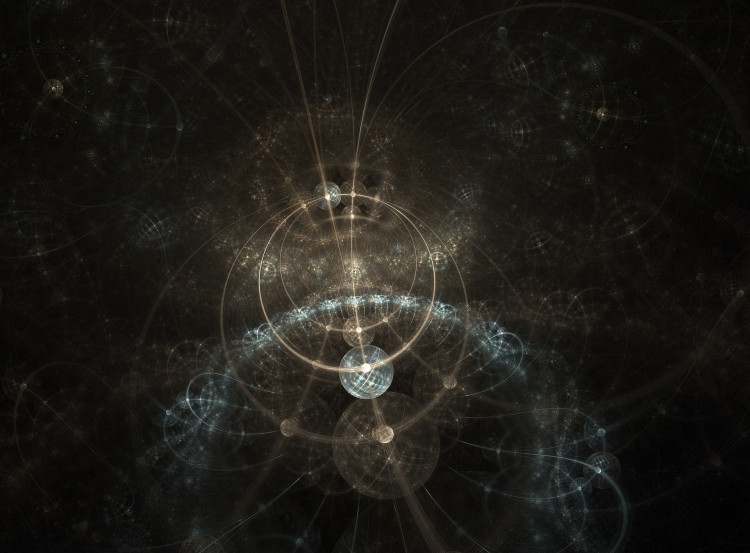China's share in the Top500 list of world's fastest supercomputers grew this year, owning 45 percent of the systems or 227 deployments. The United States, on the other hand, hit a record low, with merely 22 percent of the total or 109 deployments.
While supercomputers of the United States, particularly its Department of Energy systems, took most of the spots of the top 10, supercomputers from China dominated the list in terms of the number of supercomputer deployments.
Japan was at number 3 in terms of the number of supercomputer system currently deployed. Japan had 31 supercomputer deployments; the United Kingdom was at number 4 with 21 supercomputers, France at number 5 with 18, Germany at number 6 with 17, and Ireland at number 7 with 12.
In terms of being the world's fastest supercomputer system, five supercomputers from the U.S. Department Of Energy landed at the top 10. Summit at Oak Ridge National Laboratory and Sierra at Lawrence Livermore National Laboratory were at number 1 and 2.
China's Sunway TaihuLight supercomputer, installed at the National Supercomputing Center in Wuxi, was at number 3 while Tianhe-2A (Milky Way-2A,) installed at the National Supercomputer Center in Guangzhou, China was at number 4.
China's Sunway TaihuLight held the number 1 spot for two consecutive editions of the Top500 list.
In August, the National University of Defense Technology said that Tianhe-3 will be the world's fastest supercomputer by 2020. The Tianhe-3 will have 200 times the processing power and 100 times the storage capacity of all the Tianhe series.
The Tianhe-1 has already been in deployment across 1,600 companies and government agencies. It has been significant in generating complex data for businesses in the oil and gas industry, high-end equipment manufacturing, medical research, and weather forecasting.
Claiming the number 5 spot for the Top500 list was the Piz Daint, a system installed at the Swiss National Supercomputing Center in Lugano, Switzerland.
Trinity a Cray XC40, operated by Los Alamos National Laboratory and Sandia National Laboratories, clinched the number 6 spot; at number 7 was the AI Bridging Cloud Infrastructure installed at an institute focusing in advanced science and technology in Japan.
Germany's SuperMUC-NG, installed at the Leibniz Supercomputing Center in Garching, near Munich, nabbed the number 8 spot despite being a newcomer this edition.
U.S. Department of Energy's Titan, installed at the department's Oak Ridge National Laboratory was now at number 9. This was the biggest disappointment in the list as it used to be the most powerful supercomputer in the United States.
Finally, at number 10, was Sequoia, a supercomputer installed at U.S. Department of Energy's Lawrence Livermore National Laboratory.






